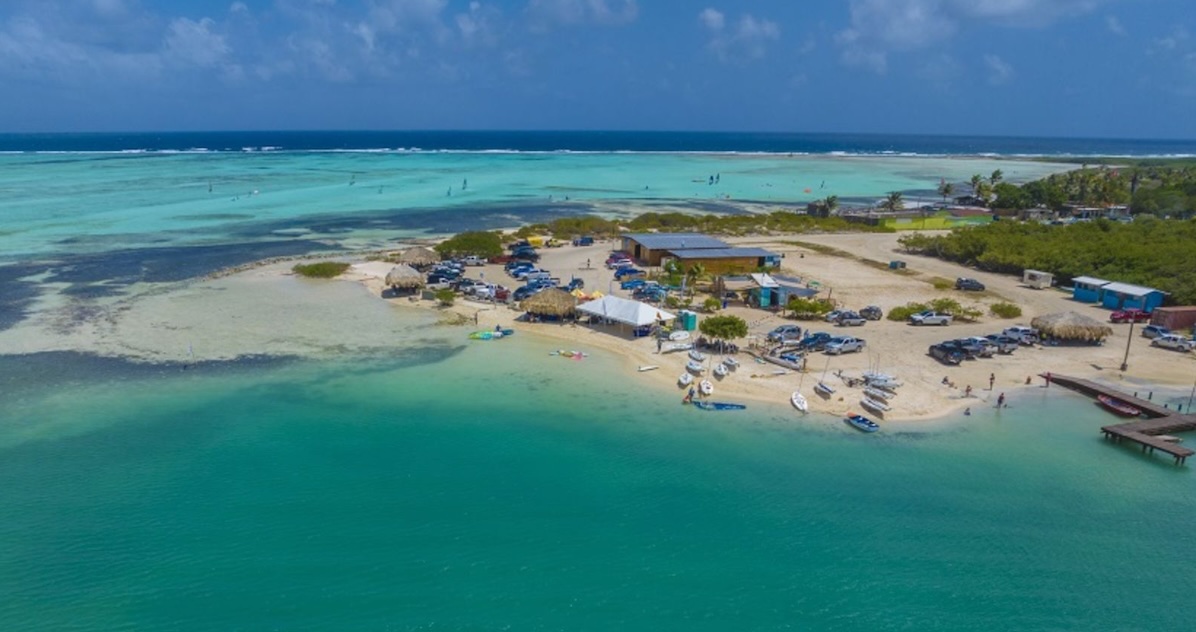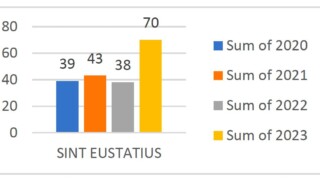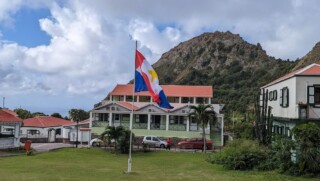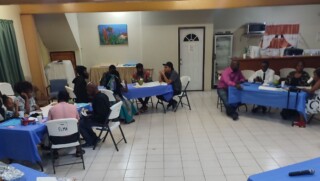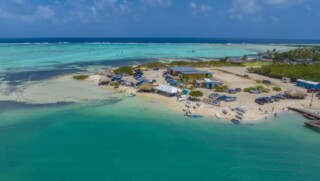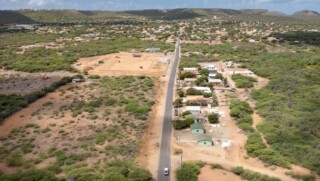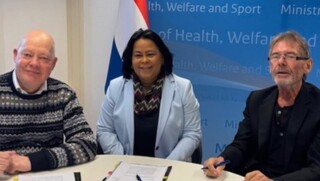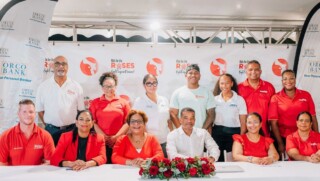Coral Bleaching in the Bonaire National Marine Park
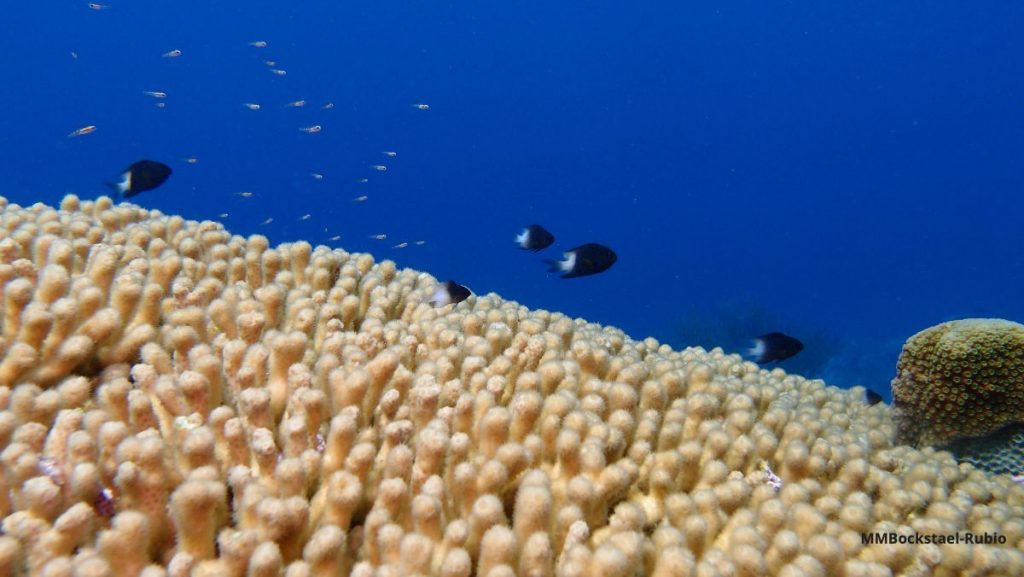
Kralendijk – Reefs worldwide are under increasing levels of anthropogenic pressure, including overfishing, sedimentation, and pollution from coastal development, unsustainable tourism, and climate change (Jackson et al. 2014). In the Caribbean, average hard coral cover decreased from 50% to 17% between 1977 and 2010 and the region is undergoing a phase shift towards algae-dominated reefs (Gardner et al. 2003, Jackson et al. 2014). Bonaire’s average hard coral cover on the reef slope is still comparatively high at 20-24% (De Bakker et al. 2017).
Managing the coral reefs of Bonaire is important not only for environmental, aesthetic and cultural values, but also because at least one-third of the island’s Gross Domestic Product (GDP) is generated by tourism and 50-70% of the economy is directly or indirectly dependent on tourism (DEZA 2008, IUCN 2011, Schep et al. 2012).
STINAPA Bonaire personnel surveyed the severity of coral bleaching across 10 sites on the leeward coast of Bonaire and Klein Bonaire annually in November or early December from 2016-2020. The leeward sites from north to south were Playa Funchi, the Rei Willem- Alexander No-Dive Reserve (hereafter referred to as RWA Reserve), Karpata, Oil Slick Leap, Reef Scientifico, Kas di Regatta, Invisibles and Vista Blue; the Klein Bonaire sites from east to west were Ebo’s Special and Mi Dushi.
Bonaire’s reefs continue to show high levels of resilience to disturbances such as high SSTs (Sea temperature at the surface). However, the pressures on marine ecosystems and, in particular, coral reefs are increasing at an unprecedented rate. The Bonaire National Marine Park is threatened, not only from high SSTs and climate change, but also damage caused by unsustainable tourism activities, pollution, untreated wastewater seepage, and uncontrolled runoff. Thus, it is imperative that STINAPA continue to closely monitor and manage the reefs. While STINAPA cannot manage the global-scale causes of coral bleaching, they must strive at a local scale to protect the integrity of Bonaire’s reefs so they remain resilient.
Reef resilience may be improved through effective fisheries management, wastewater treatment, responsible coastal development and sustainable tourism, as well as educational and outreach activities that increase the awareness of the importance of nature management and resilient coastal ecosystems. The Bonaire government and STINAPA have taken concrete steps to help facilitate coral resilience and recovery and enforce policies to protect Bonaire’s coral reefs. Spearfishing was banned in 1971, all corals were protected in 1975, anchoring was banned and permanent mooring buoys were installed in 1978, fish protected areas were established in 2008, and many fish species, including all parrotfish, were protected in 2010 (Executive Council of the Bonaire Island Territory 2010). Many of these management initiatives are believed to facilitate reef resilience and recovery from stressors such as bleaching (Edwards et al. 2011, Steneck et al. 2019). Additionally, a wastewater treatment plant was constructed and began operating in 2015 to reduce coastal pollution. Lastly, to foster sustainable tourism and recreation, all who dive in the Bonaire National Marine Park must have a diver orientation and are prohibited from touching or removing any marine life or objects. Bonaire’s government and STINAPA will continue to safeguarding coral reefs, one of Bonaire’s most valuable natural resources.
According to Roxanne Fransisca Marine Biologist at STINAPA “Mass coral bleaching events seem to be increasing in frequency, not only globally, but also in the Caribbean. Since monitoring began in 2016, 2020 has been the worst year for bleaching with 61% of corals surveyed affected. Luckily at the depths surveyed no coral mortality was observed during the monitoring. Subsequent monitoring also indicates that the majority of corals are recovering from this bleaching event. While Bonaire’s reefs in the last years have shown positive resilience trends, the amount of disturbance is also increasing. Future mass bleaching events are all but guaranteed: how our corals will react to these events will largely depend on the decisions we make now and in the near future. It is important that we move forward sustainably and ensure that nature is taken into consideration when discussing the development of the island so that we give our coral reefs the best chance of surviving.”
For the full report: https://stinapabonaire.org/wp-content/uploads/sites/6/2021/03/2016-2020-STINAPA-Coral-Bleaching-Report-Mar21.pdf
Also read
- Inaccuracies in KPCN Crime Analysis Raise Doubts

- Traffic Accidents on St. Eustatius On The Rise: Poor Infrastructure and Alcohol Use Among Key Factors
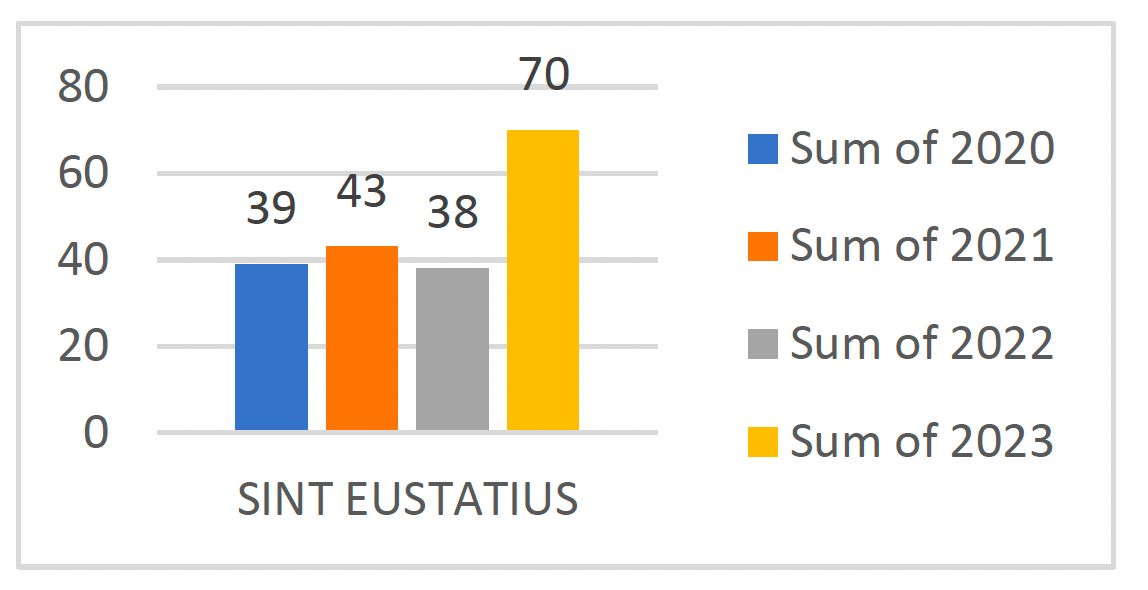
- BES Islands Meet on Saba to Discuss Future Cooperation
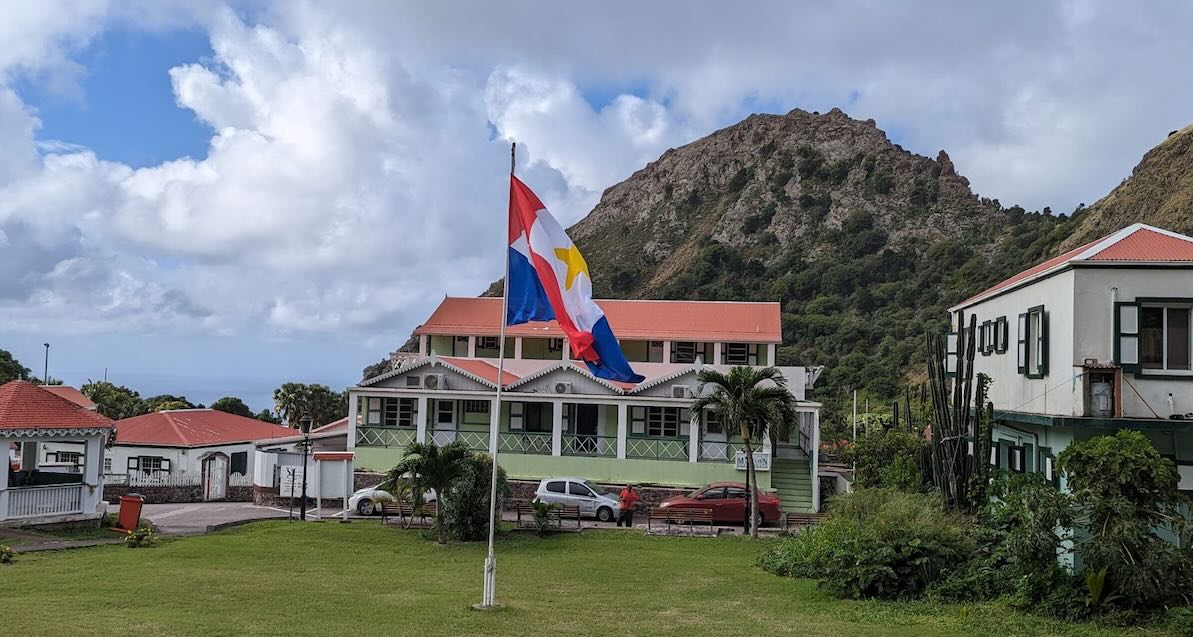
- Community Members Statia Discuss Considerations for Reburial and Heritage
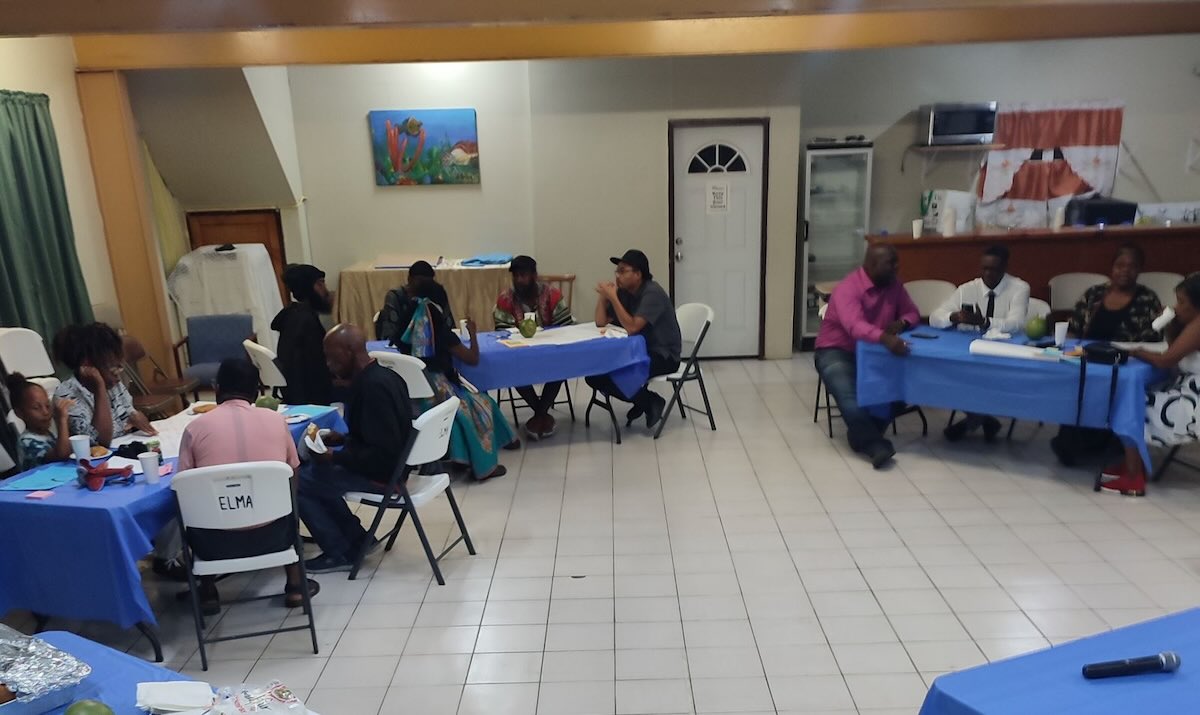
- Finally End in Sight for Long-Drawn-Out Case of Sorobon Windsurf School
